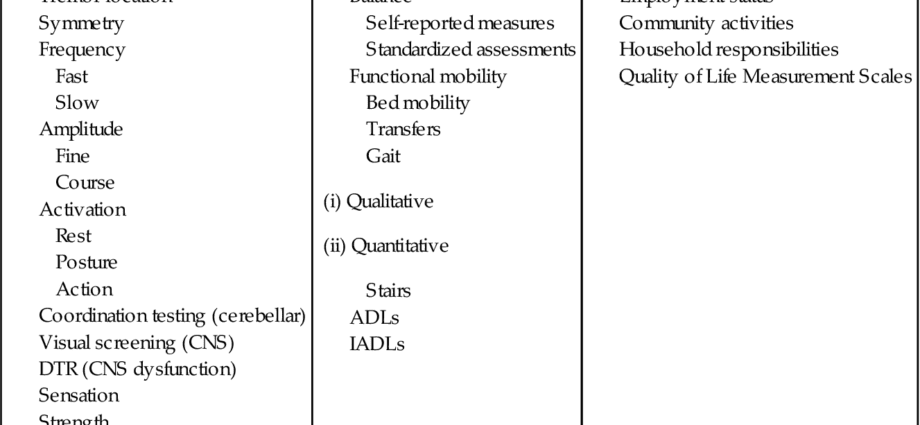Contents
Tremors (clonies): understanding abnormal movements
Clonies are sudden, involuntary, abnormal movements or tremors. Of very varied origins, these clonies can have different causes, pathological or not. There are many, many types of clonies, but for each of them there may be a cure. What are the causes and treatments for clonies?
What is a clony?
Clonies (also called myoclonus) are abnormal and involuntary tremors or movements, which are characterized by imposed rhythm and oscillation, shortness of movement or not, and the regularity of their occurrence by alternating muscle contractions and relaxations.
These involuntary movements can be very varied, and sometimes associated with each other, due to the taking of drugs, stress, a very intense movement. This is a symptom that cannot substitute for a diagnosis.
They are triggered by the nervous system for a number of possible reasons. It is a totally uncontrolled and involuntary movement. For example, hiccups, or the startle of falling asleep are categorized among clonies. They are not always of pathological origin, but they are observed quite often in the context of neurological pathologies (epilepsy, encephalopathy).
These tremors can be listed according to the rhythm they impose on the movement, their frequency of occurrence and their circumstance of occurrence (at rest or during an effort, for example).
What are the different types of clonies?
There are several types of tremors (or clonies).
Action or intention tremor
This tremor appears when the patient makes a voluntary movement with precision of the gesture. For example, by bringing a glass of water to his mouth, the gesture is modified, oscillating and parasitized by rhythmic jerks.
Attitude tremor
This tremor appears in the voluntary maintenance of an attitude, for example outstretched arms or hands. It thus corresponds to the reverse of the resting tremor, since it disappears completely in the resting position (except in extreme cases). It is maximum when maintaining a fixed attitude, or carrying a load.
Resting tremors
It corresponds to parkinsonian tremor (Parkinson’s disease). Tremor occurs even when the patient does not make any particular movement. Maximum at rest, it is reduced during movement and does not appear during sleep, but can be increased in the event of emotions or fatigue.
We also call cerebellar tremor an intentional tremor due to damage to the cerebellum, the cause of which is vascular or multiple sclerosis, for example.
What are the causes of clonies?
Physiological clonies
Having clonies is not necessarily a sign of pathology or poor health. If there is nothing abnormal about their occurrence (as with hiccups, or babies falling asleep, for example), they are called physiological clonies.
Certain factors can promote physiological-type tremors:
- the stress ;
- tiredness ;
- emotions (such as anxiety);
- withdrawal from an addictive substance;
- corticosteroids;
- or even coffee.
Secondary clonies
In a third of the cases, the clonies are not physiological, but of pathological origin. This is then called secondary clony.
Here is a list of pathologies that would trigger this type of clonies:
- epilepsy;
- neurodegenerative diseases such as Parkinson’s, Alzheimer’s, Creutzfeldt-Jakob, Huntington;
- infectious diseases such as HIV, Lyme disease, encephalitis, syphilis, malaria;
- metabolic disorders (such as a lack of sugar in the blood, an excessively high production of thyroid hormones, renal or hepatic insufficiency, a deficiency in calcium, sodium or magnesium, but also a deficiency in vitamins E or B8);
- sunstroke ;
- electrocution;
- a trauma.
We can also observe clonies when the body is exposed to toxic products such as pesticides, heavy metals, but also to the taking of drugs (antidepressants, lithium, neuroleptics, anesthetics).
What treatments to reduce clonies?
As with any symptom, treatment depends on the cause. If it is a physiological clony, there will be no treatment, since this symptom is not abnormal.
In the case of a secondary clonia, if they are very regular and frequent, examinations will be necessary in order to clearly identify their manifestation, then to identify the cause. Depending on this, a suitable treatment may be chosen by the doctor after his diagnosis. Thus, depending on whether the tremor is caused by Parkinson’s disease or alcohol withdrawal, the treatment will not be similar.
If the cause is anxiety, anxiolytics can be prescribed, however, noting a risk of dependence.
Certain drugs will also act directly on the symptom (clonazepam, piracetam, botulinum toxin, etc.) and can considerably reduce bothersome muscle contractions.










